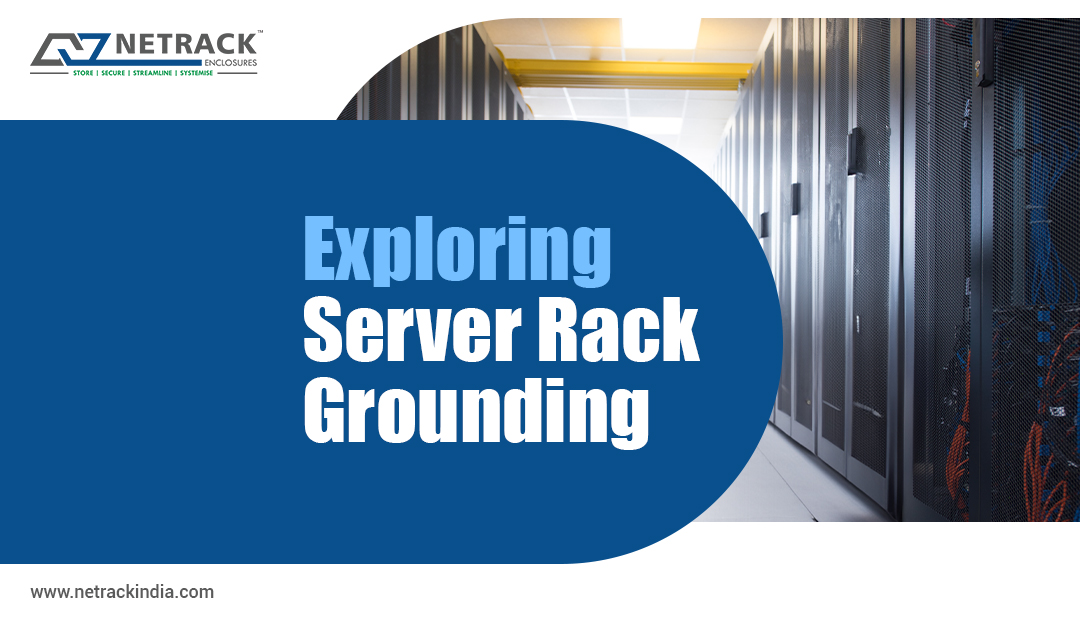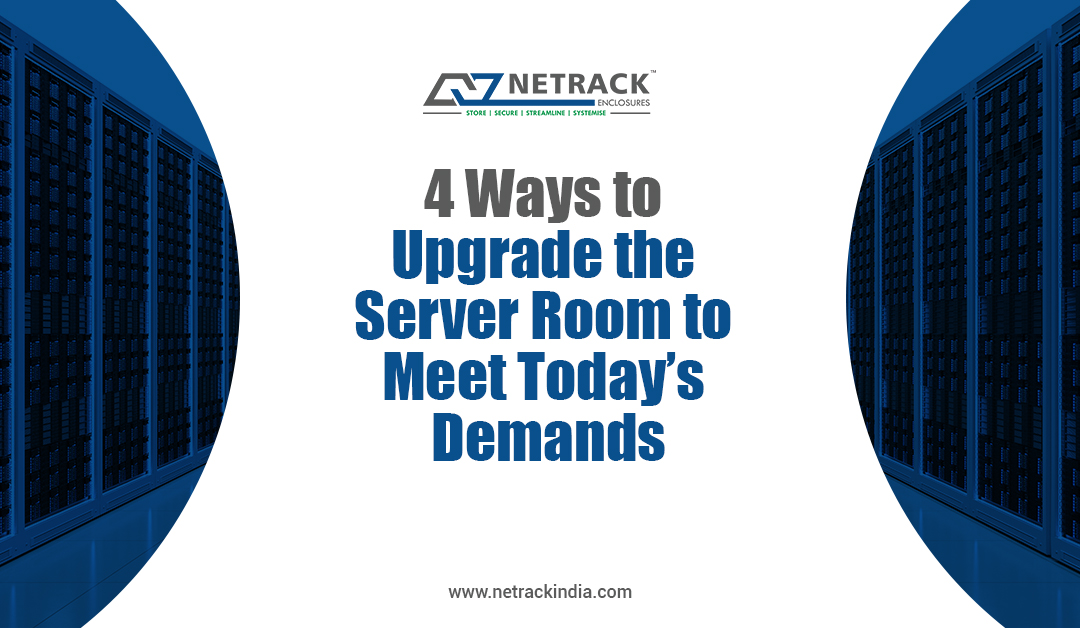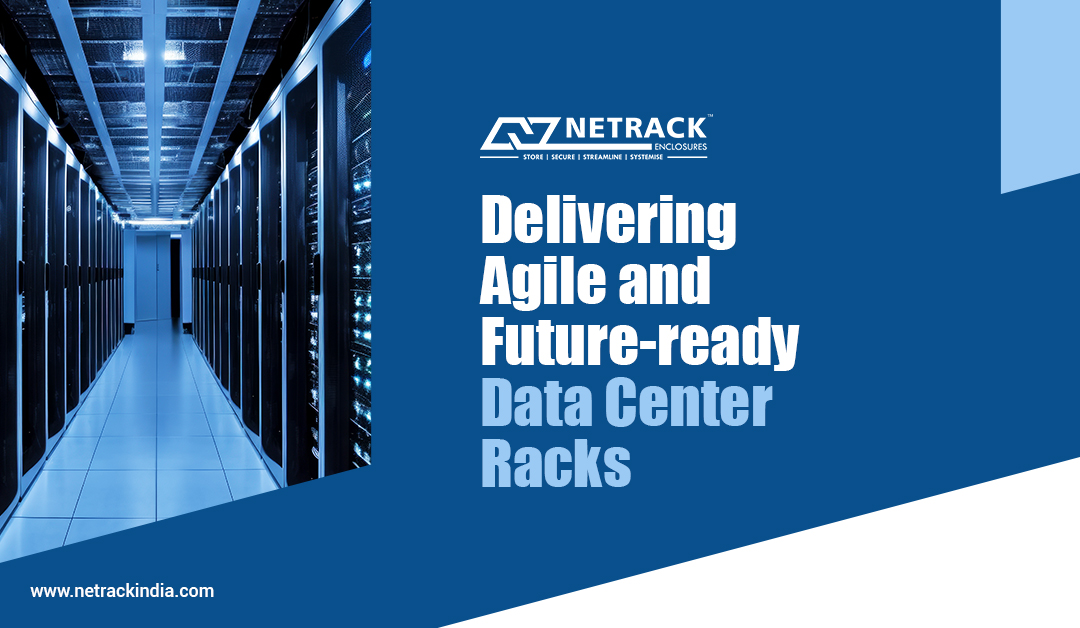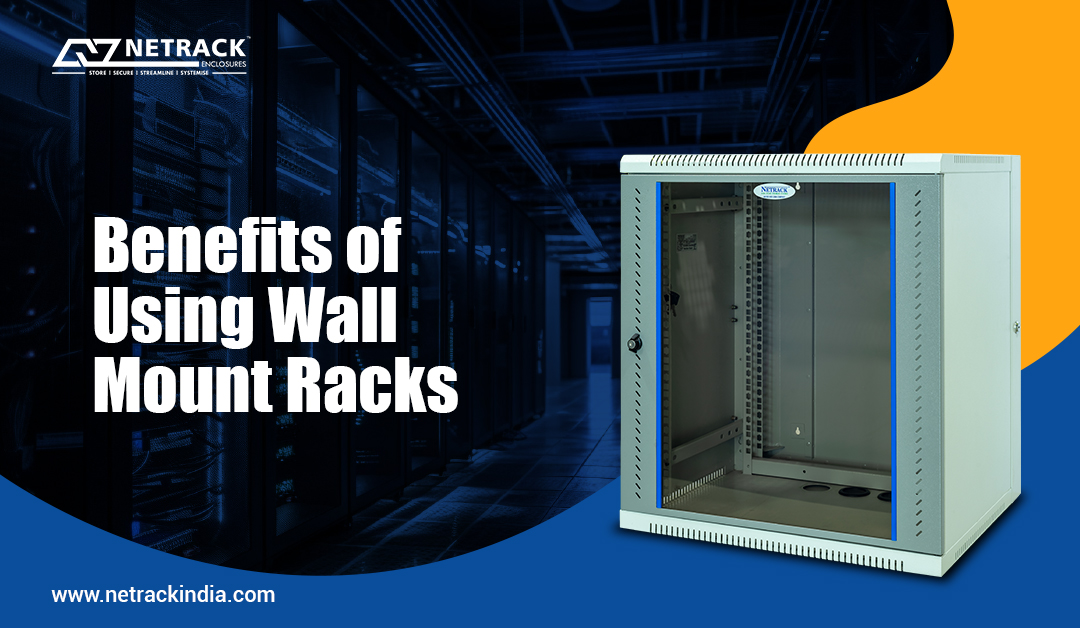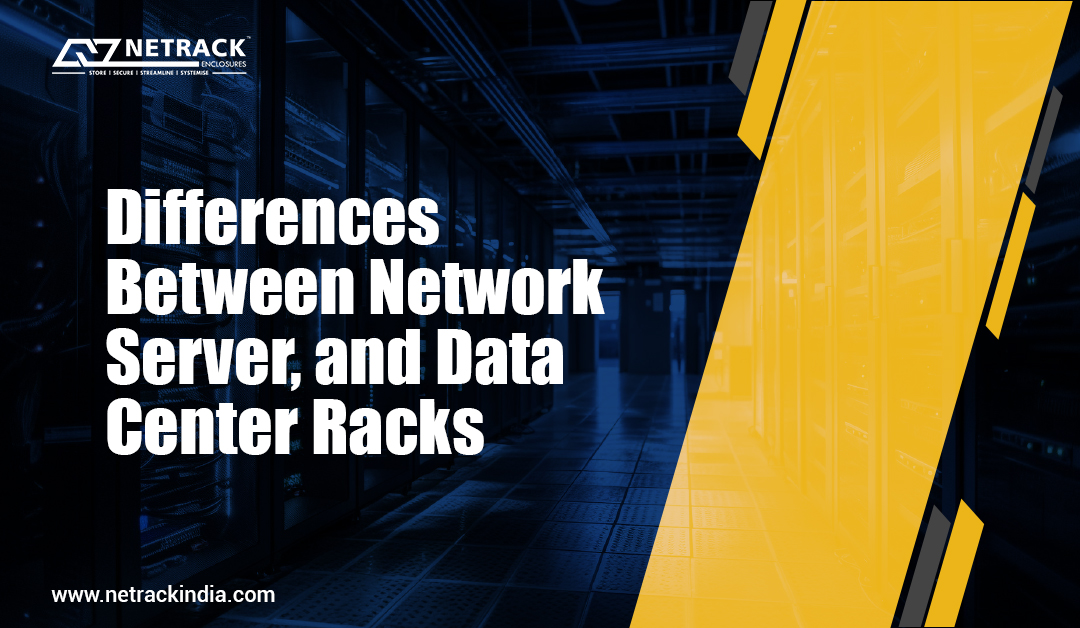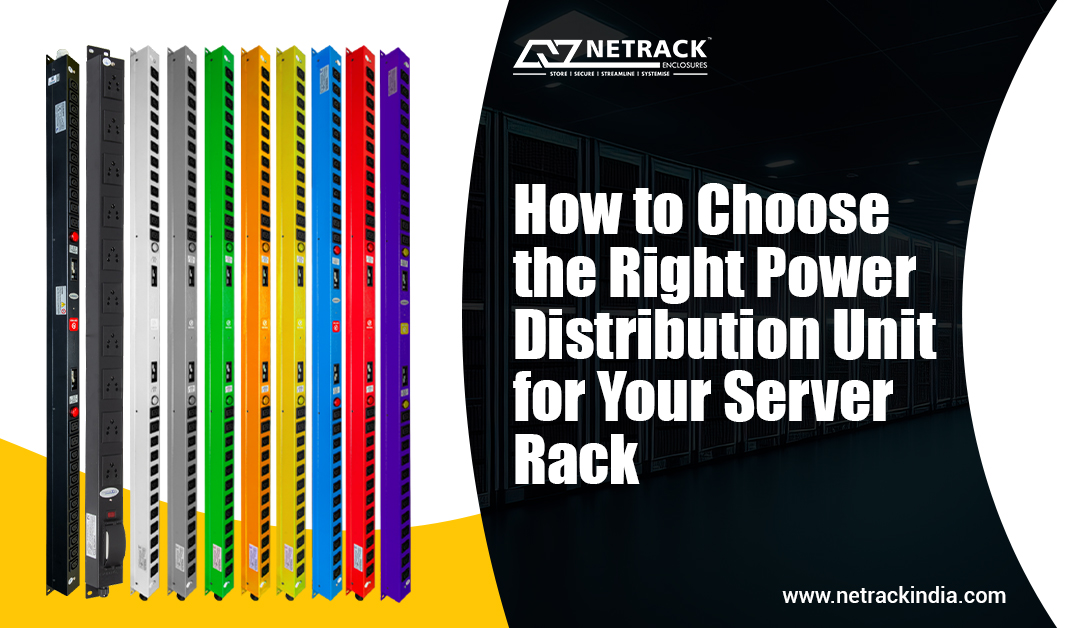Exploring Server Rack Grounding
We are living in an era where we are witnessing digital evolution. Both electrical density and safety demands have reached different levels today. Hence, the role of server rack grounding has become even more critical than ever before. Understanding the basics about grounding and bonding Before going deep into the specifics of server racks grounding and its benefits, it's crucial to grasp the fundamental disparity between grounding and bonding to embrace the right solution. While bonding involves creating a clear path that can ensure protection against electrical shocks, grounding goes a step further in establishing intentional or unintentional connections between an electrical circuit and the earth. In fact, the goal of grounding is to ensure that all metal parts of an electrical circuit are connected to the earth and that it provides an additional layer of safety around it. Here, it is essential to understand that bonding alone may
Read More
